
oakbydesign
01423 593 794


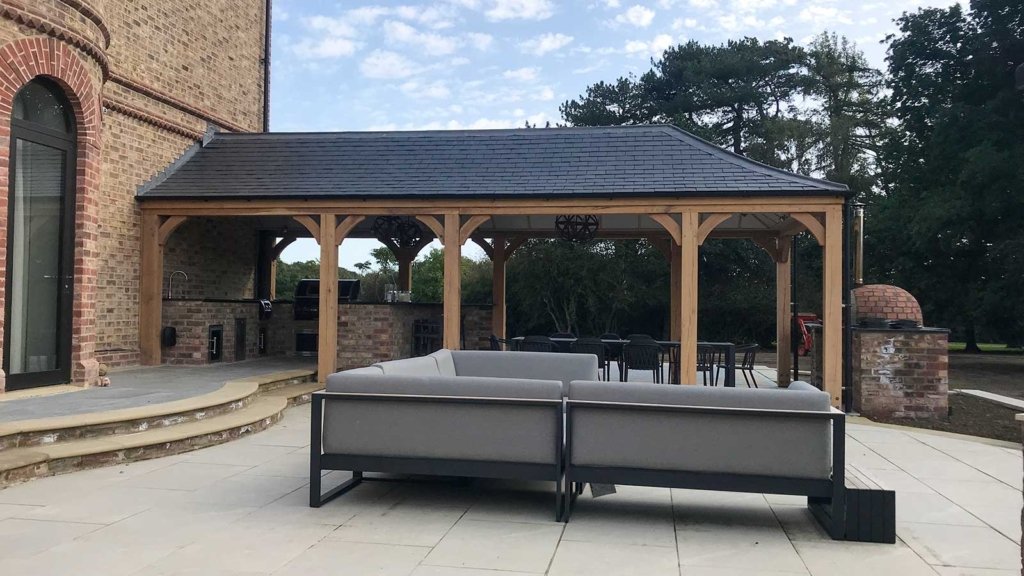
Cooling solutions in the home combine advanced technology and thoughtful design to create energy-efficient and comfortable living spaces.
High-efficiency air conditioning systems are complemented by heat pumps with high coefficient of performance (COP) ratings. Additionally, integrating versatile shading solutions like Brise-soleil and implementing effective insulation techniques, including the use of thermal mass, greatly enhances cooling efficiency.
These cutting-edge methods not only reduce energy consumption but also promote sustainable living environments.
How do these technologies collectively transform the modern home into a paragon of efficiency and comfort?
Advanced air conditioning systems revolutionise indoor climate control by effectively transferring heat and maximising energy efficiency. These systems utilise split configurations with separate outdoor and indoor units, providing both heating and cooling functionalities.
Key considerations include noise levels, energy consumption, and potential cost savings. Proper installation guarantees that components are correctly sized and positioned, optimising performance and minimising operational issues.
Regular maintenance is essential for sustaining peak efficiency. Centralised systems enhance thermal comfort, while their integration with advanced ventilation further boosts energy savings. This synergy between sophisticated technology and structural design underscores a commitment to sustainable, efficient cooling solutions in modern homes.
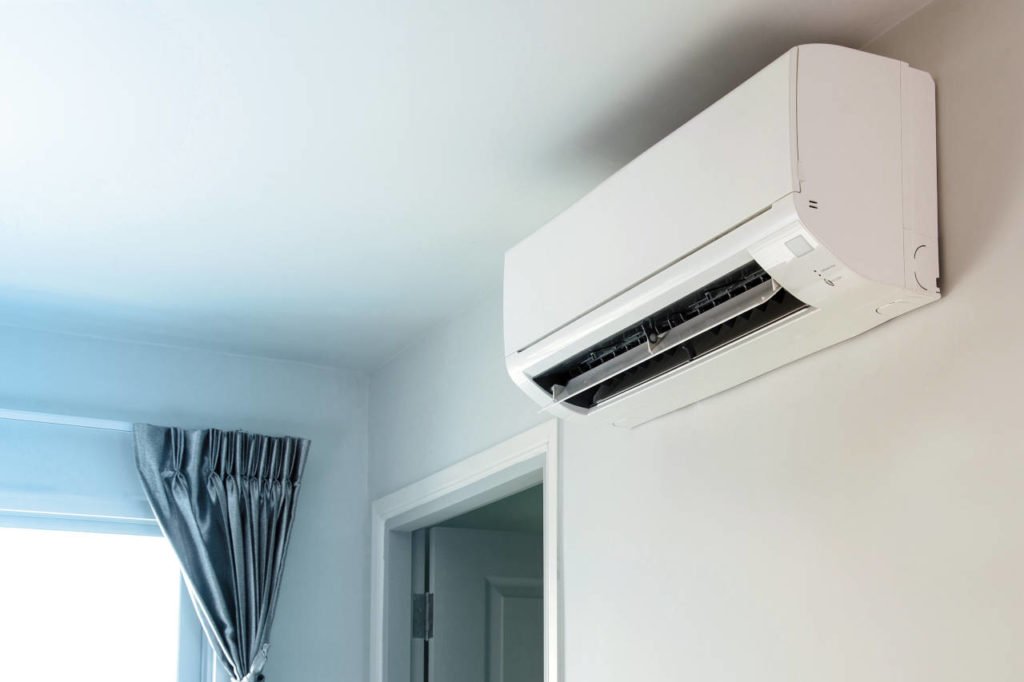
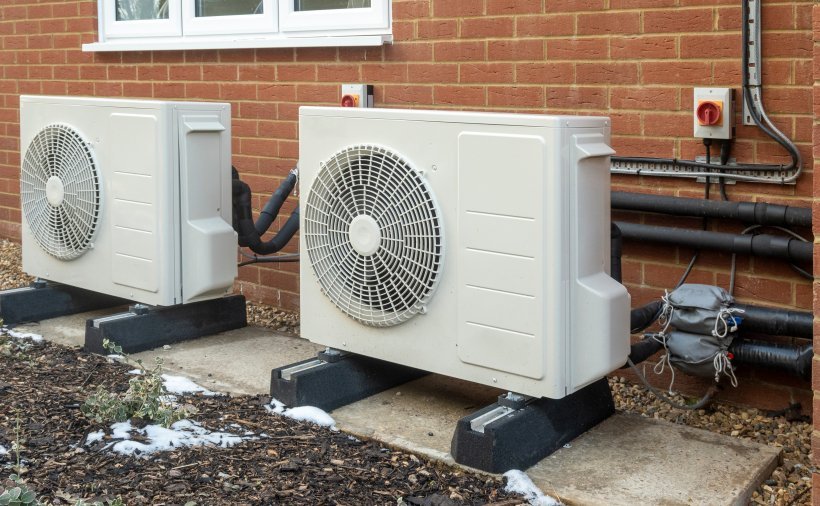
High-efficiency heat pumps elevate the concept of sustainable indoor climate control by offering remarkable energy savings and versatile heating and cooling capabilities. These systems operate by transferring heat rather than generating it, thereby reducing energy consumption to a noteworthy extent.
With an impressive coefficient of performance (COP), they deliver multiple units of heating or cooling for each unit of electricity consumed. Advanced models, like the ductless mini-split systems, offer precise temperature control while maintaining quiet operation. Their compatibility with smart thermostats further enhances efficiency by optimising usage patterns.
Additionally, heat pumps can integrate with renewable energy sources, such as solar panels, aligning with the growing emphasis on green energy solutions. Their installation and maintenance require professional expertise to ensure top performance.
Versatile shading solutions, such as oak pergolas, brise-soleil, retractable awnings, and fixed louvres, play an essential role in reducing solar gain and enhancing building energy efficiency.
Pergolas are usually fitted to the outside of the property and can be made from different materials such as oak, they can have solid roof to provide shade.
Brise-soleil projects outward, providing permanent shading and blocking direct sunlight.
Retractable awnings offer adaptable coverage, enabling users to modify shading based on the sun’s position, optimising comfort.
Fixed louvres, configured horizontally or vertically, deliver robust solutions for controlling solar gain and glare.
These systems greatly diminish reliance on artificial cooling, leading to energy savings.
Effective implementation involves meticulous planning, considering factors such as building orientation, local climate, and architectural design.
Proper integration of these shading solutions ensures they not only improve energy efficiency but also contribute aesthetically to the building’s overall design.
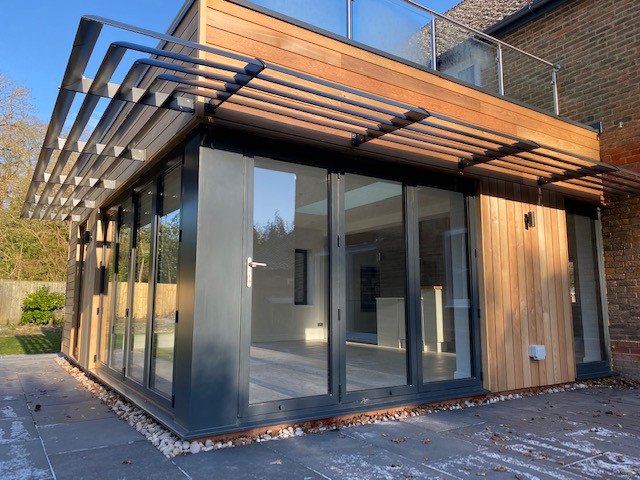
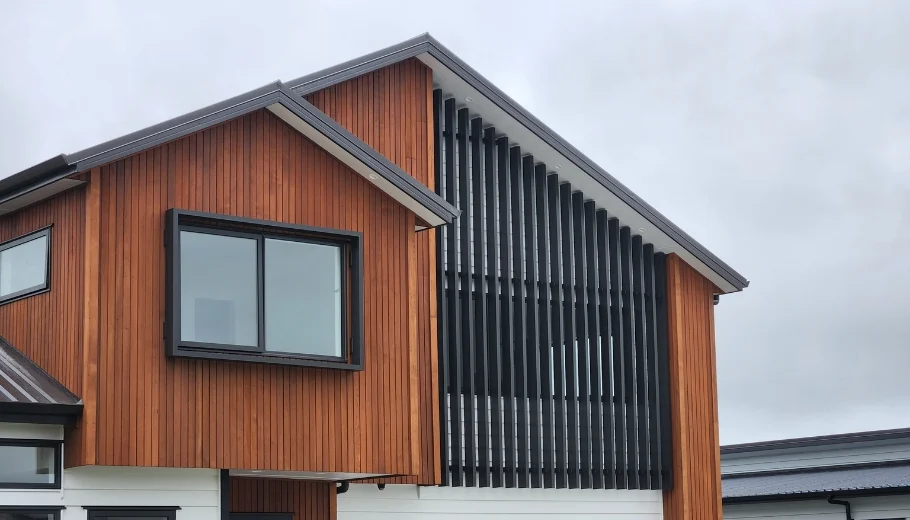
In addition to versatile shading solutions, effective insulation techniques play a pivotal role in reducing solar heat gain and enhancing thermal comfort within buildings.
High-performance insulation in walls, roofs, and windows minimises unwanted heat transfer, ensuring cooler interiors. Materials such as spray foam, rigid foam boards, and reflective barriers are strategically employed to seal gaps and prevent thermal bridging. Properly installed insulation not only regulates indoor temperatures but also reduces energy consumption.
Moreover, double or triple-glazed windows with low-emissivity coatings provide superior thermal resistance. By focusing on airtight construction and ideal material selection, these techniques contribute significantly to energy efficiency and occupant comfort, underscoring their importance in modern home cooling innovations.
Incorporating thermal mass into building design effectively stabilises indoor temperatures by capturing and gradually releasing heat. Materials like concrete, brick, and stone absorb excess heat during the day and slowly release it at night. This process mitigates temperature fluctuations and reduces reliance on mechanical cooling systems.
To optimise thermal mass benefits, buildings should integrate proper ventilation strategies, such as night purge ventilation, which expels heat and cools the structure. Placement and thickness of thermal mass materials are vital for achieving desired thermal performance. Additionally, combining thermal mass with effective insulation enhances energy efficiency and comfort.
Thoughtful design guarantees that thermal mass not only serves a functional purpose but also complements the aesthetic of the living space.
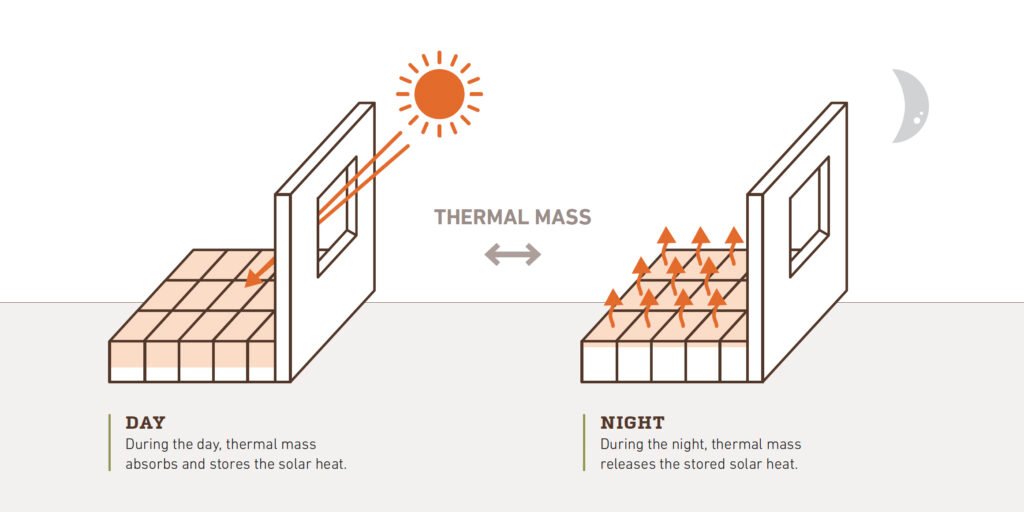
Telephone: 01423 593 794
Locksley Park
Blind Lane
Tockwith
YORK YO26 7QJ
Opening Times:
Mon to Fri - 9.00am to 5.00pm
Bank Holidays - Closed
Christmas 2025- TBC
Oak By Design is the trading name of:
Oak By Design Ltd.
Reg Number: 04384416
VAT Number: 664 8012 33